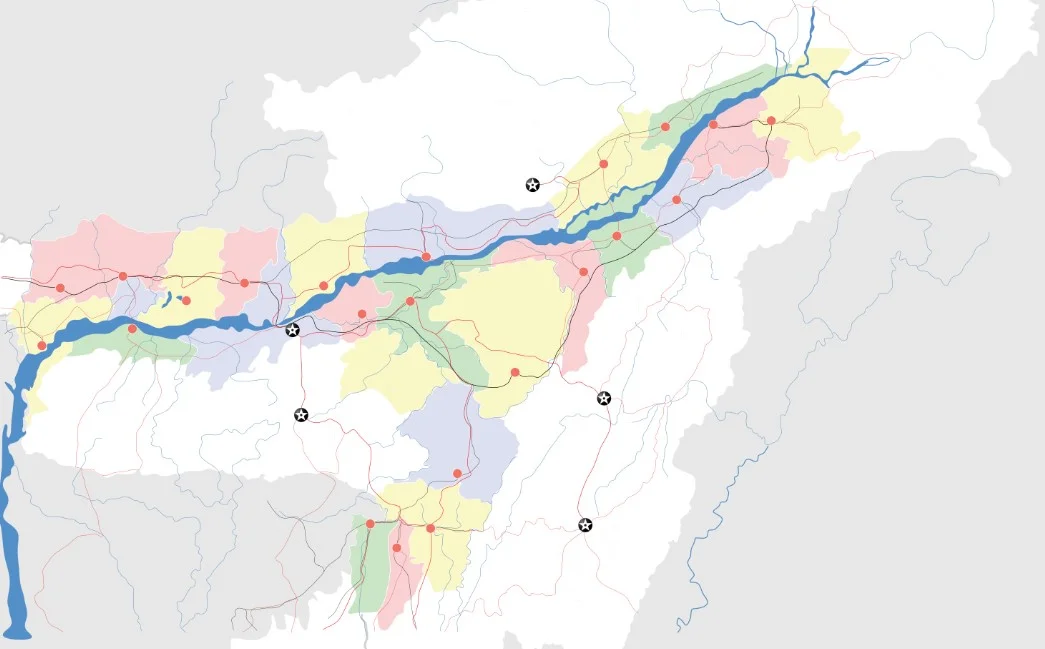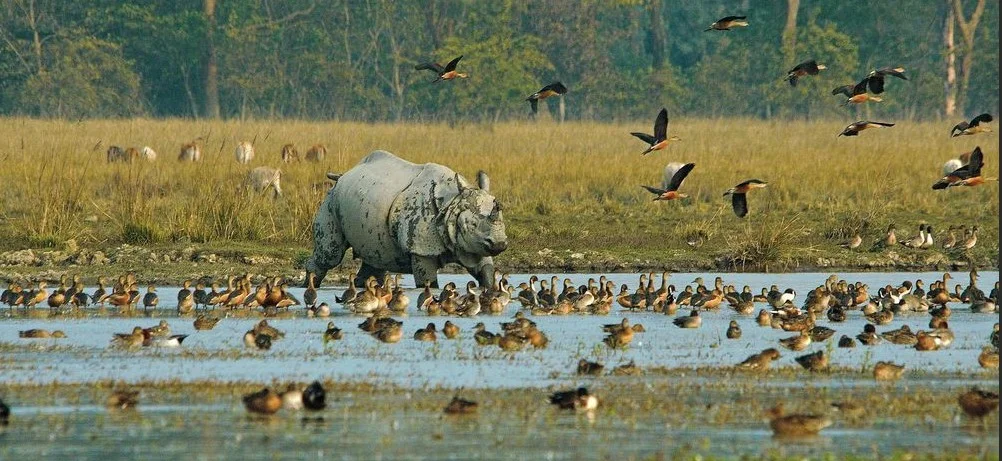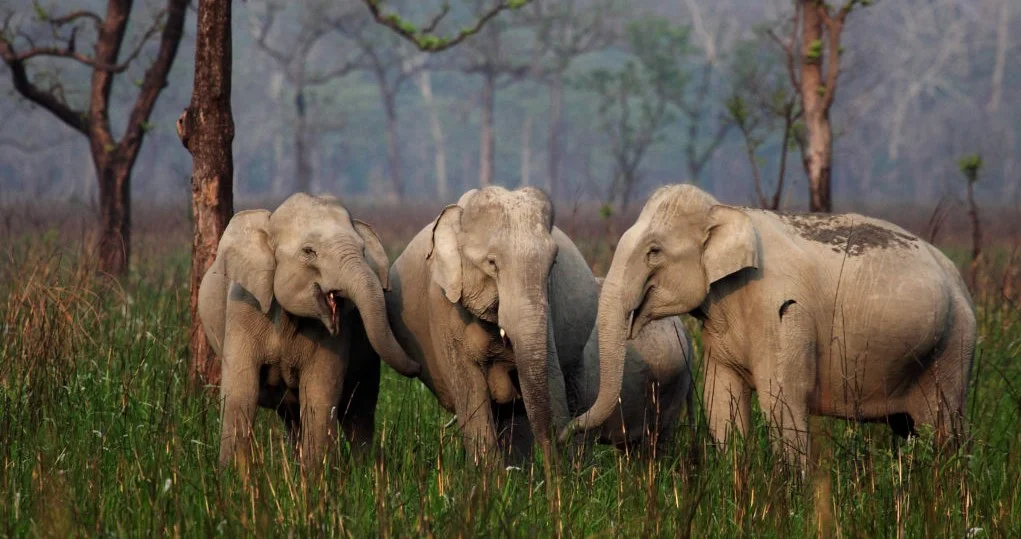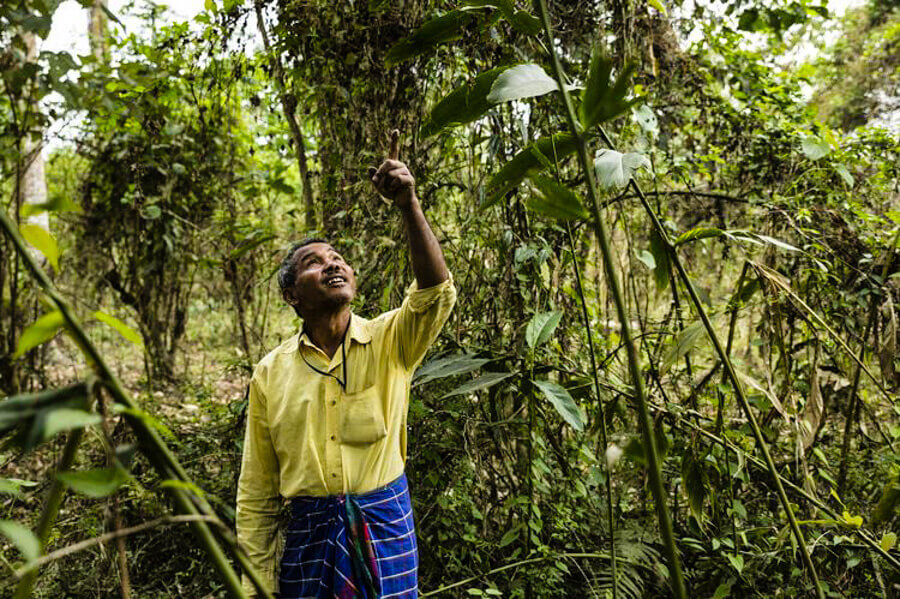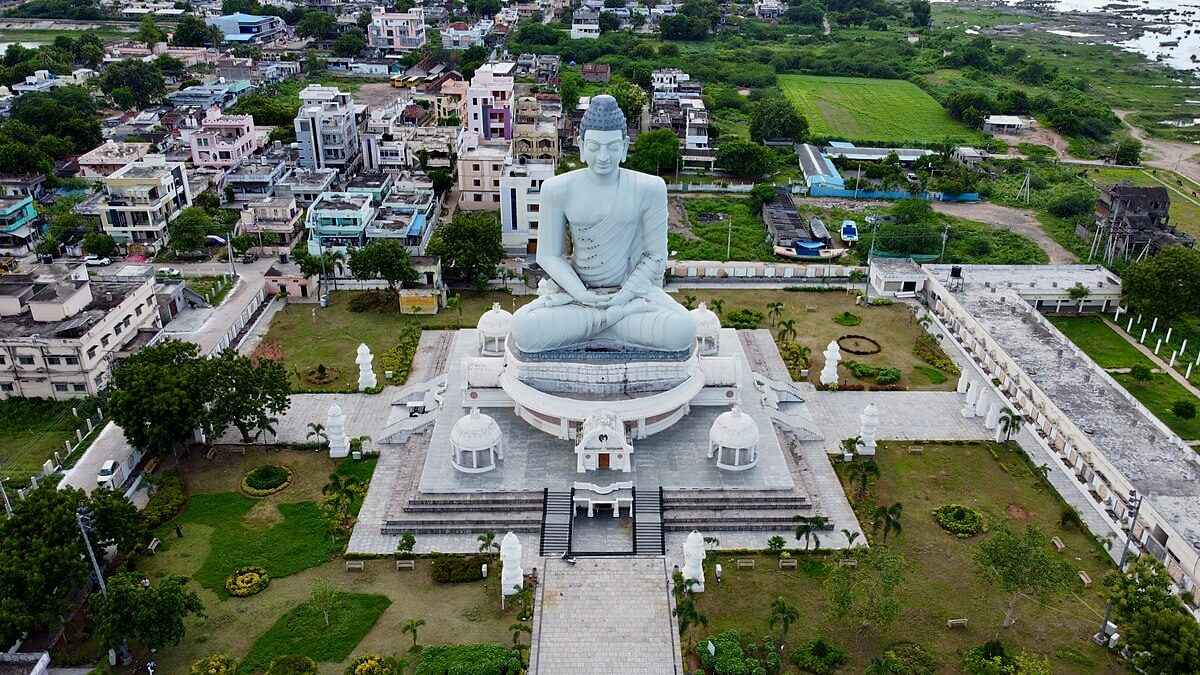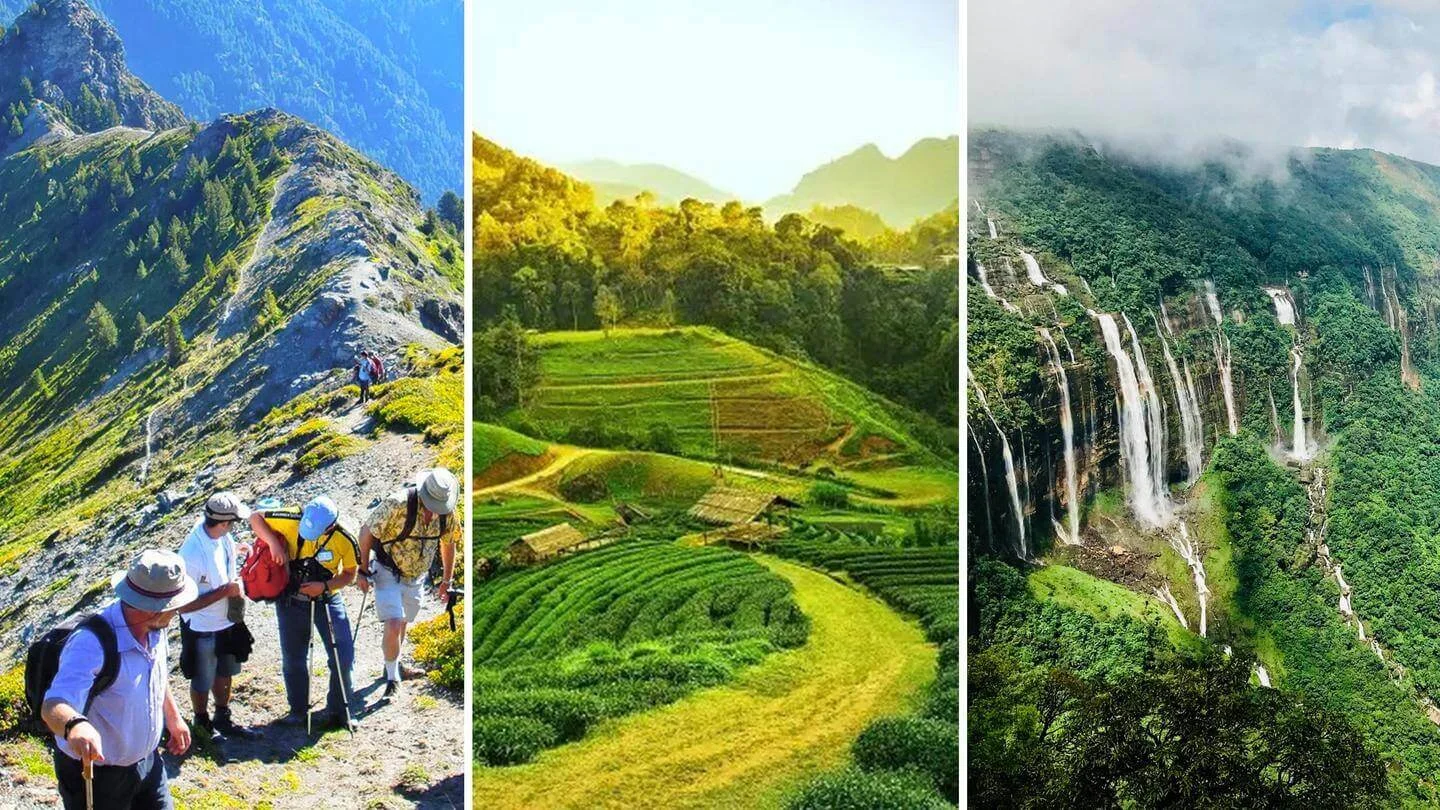Recent research underscores the alarming influence of black carbon on global warming. A joint report by the Clean Air Fund and the International Centre for Integrated Mountain Development reveals that black carbon, a powerful climate pollutant, accounts for nearly 50% of global temperature rise. Its impact is particularly severe in the Hindu Kush Himalaya (HKH) region, endangering water security for billions of people dependent on its fragile ecosystems.
Understanding Black Carbon
Black carbon is a short-lived climate pollutant produced by the incomplete combustion of fossil fuels, biofuels, and biomass. As a major component of fine particulate matter (PM 2.5), it exacerbates air pollution, accelerates global warming, and poses significant health risks.
Major Sources of Emissions
Black carbon emissions originate mainly from:
- Residential solid fuel burning and brick kilns – accounting for 45% to 66% of emissions in the HKH region.
- Industrial processes – including rice mills and the sugar industry.
- South Asian residential fuel combustion is responsible for 60% of emissions in the region.
Health and Economic Repercussions
The consequences of black carbon pollution are devastating:
- Health risks – Linked to over eight million premature deaths worldwide in 2021.
- Economic burden – Costs exceed 6% of global GDP annually, with the poorest communities bearing the brunt.
Climate and Weather Disruptions
Black carbon accelerates glacier and ice sheet melting, particularly in the Arctic and HKH region. This contributes to:
- Rising sea levels.
- Disruptions in South Asia’s monsoon patterns.
- Increased risks of flooding and extreme weather events.
- Threats to food security and livelihoods.
Challenges in Mitigation
Despite the severe consequences, mitigation efforts remain insufficient. The report identifies six critical barriers:
- Political challenges
- Scientific limitations
- Financial constraints
- Regulatory hurdles
- Industrial resistance
- Communication gaps
Current policies only achieve a 3% reduction in emissions—far short of the 80% reduction that could be attained by 2030 with decisive action.
Urgent Steps for Mitigation
The report outlines essential strategies to curb black carbon emissions:
- Mandating cleaner fuels for ships operating in Arctic waters.
- Incorporating black carbon reduction into national clean air policies.
- Implementing efficient waste management solutions to curb emissions of both black carbon and methane.
- Enhancing research funding to study black carbon’s impact on vulnerable populations.
Addressing black carbon pollution requires immediate, coordinated action across policy, industry, and science. Without urgent intervention, the environmental and socio-economic risks will continue to escalate, particularly for the communities most vulnerable to climate change.



